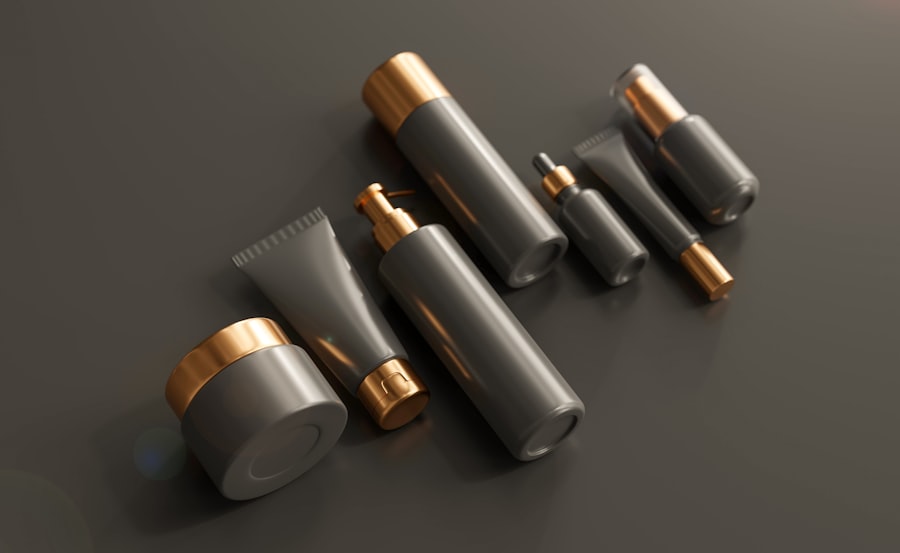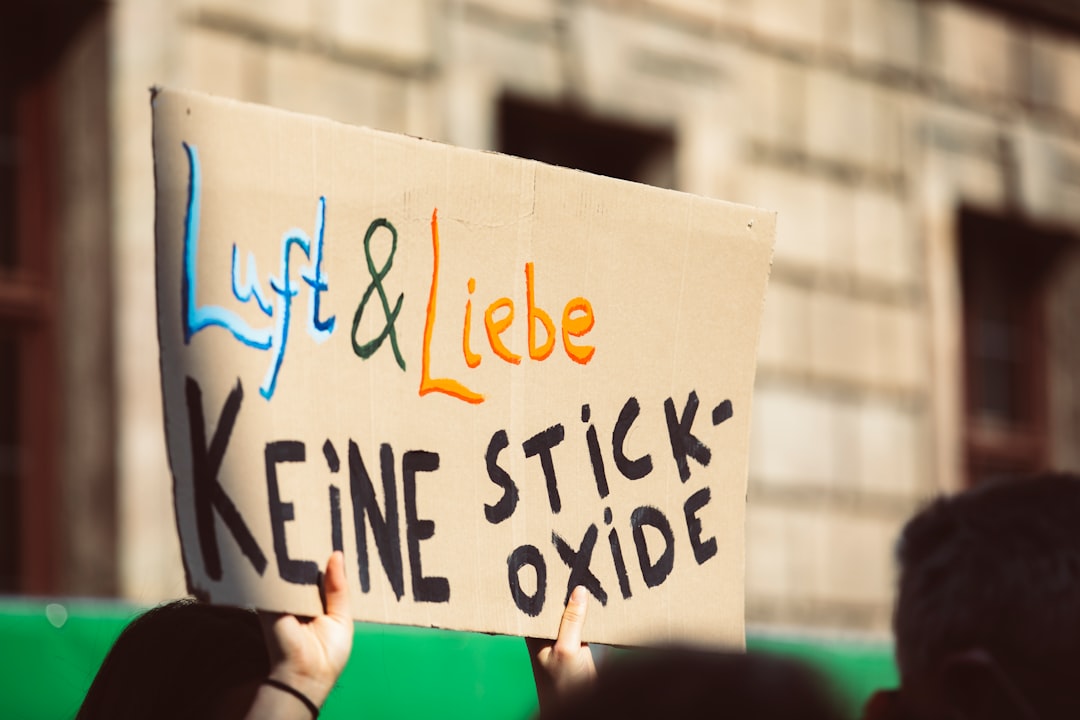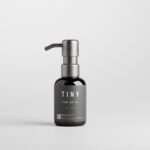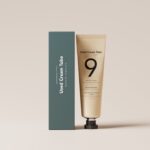After undergoing laser hair removal, you may find yourself eager to return to your regular gym routine. However, it’s crucial to understand the importance of post-laser hair removal care, especially when it comes to physical activity. Your skin is likely to be sensitive and vulnerable after the procedure, and engaging in strenuous workouts can exacerbate irritation or lead to complications.
Returning to the gym too soon can result in unwanted side effects such as redness, swelling, or even blistering. These reactions can be aggravated by sweat and friction from workout clothing.
Therefore, taking the time to allow your skin to heal properly is essential. This means listening to your body and giving yourself a break from high-impact activities until you are fully recovered. By doing so, you can enjoy a smoother, hair-free experience without compromising your skin’s health.
Key Takeaways
- Proper gym care after laser hair removal is important to avoid complications and ensure the best results.
- Hygiene practices such as showering before and after workouts can help prevent infections and irritation.
- Choose loose-fitting, breathable clothing to avoid friction and irritation on treated areas.
- Follow a gentle skincare routine with moisturizing and sunscreen to promote healing and protect the skin.
- Take precautions at the gym such as avoiding hot tubs and saunas to prevent irritation and discomfort.
Hygiene Practices for Post-Laser Hair Removal
Maintaining proper hygiene after laser hair removal is vital for preventing infections and ensuring optimal healing. After your treatment, your skin may be more susceptible to bacteria and irritants, making it essential to keep the treated area clean. You should start by gently cleansing the area with a mild, fragrance-free soap and lukewarm water.
Avoid using harsh scrubs or exfoliants, as these can further irritate your sensitive skin. In addition to cleansing, it’s important to avoid hot showers or baths for at least 24 hours post-treatment. The heat can increase inflammation and discomfort.
Instead, opt for cooler water and limit your shower time. After washing, pat the area dry with a soft towel rather than rubbing it, which can cause additional irritation. By adhering to these hygiene practices, you can help ensure a smooth recovery and maintain the effectiveness of your laser hair removal.
Clothing Choices for Post-Laser Hair Removal
Your choice of clothing plays a significant role in how well your skin heals after laser hair removal. After the procedure, your skin may be sensitive and prone to irritation, so it’s wise to opt for loose-fitting garments made from breathable fabrics. Cotton is an excellent choice as it allows air circulation and minimizes friction against the skin.
Tight clothing can trap heat and moisture, leading to discomfort and potential complications. Additionally, consider avoiding synthetic materials that may cause sweating or irritation. If you plan to return to the gym shortly after your treatment, choose workout attire that is both comfortable and non-restrictive.
This will help prevent chafing and allow your skin to breathe as it heals. By being mindful of your clothing choices, you can create a more comfortable environment for your skin during this sensitive recovery period.
Skin Care Routine After Laser Hair Removal
| Step | Frequency | Product |
|---|---|---|
| Cleansing | Twice a day | Gentle cleanser |
| Moisturizing | Twice a day | Oil-free moisturizer |
| Sun protection | Every morning | Broad-spectrum SPF 30+ |
| Avoiding exfoliation | 1-2 weeks | Avoid harsh exfoliants |
Establishing a gentle skincare routine after laser hair removal is crucial for promoting healing and maintaining the results of your treatment. Start by applying a soothing moisturizer that is free from fragrances and harsh chemicals. Look for products containing aloe vera or hyaluronic acid, as these ingredients can help hydrate and calm irritated skin.
Regularly moisturizing will not only alleviate dryness but also support the skin’s natural barrier function. In addition to moisturizing, consider incorporating a gentle exfoliation routine into your skincare regimen after a few days post-treatment. This can help remove dead skin cells and promote cell turnover without causing irritation.
However, be cautious not to over-exfoliate; once or twice a week is sufficient. Always listen to your skin’s needs and adjust your routine accordingly. By nurturing your skin with care, you can enhance its appearance and prolong the benefits of laser hair removal.
Precautions to Take at the Gym After Laser Hair Removal
When returning to the gym after laser hair removal, there are several precautions you should take to protect your skin during workouts. First and foremost, avoid high-intensity exercises that may cause excessive sweating or friction on the treated area for at least 48 hours post-treatment. Instead, consider low-impact activities like walking or gentle yoga that allow you to stay active without putting undue stress on your skin.
Additionally, be mindful of the equipment you use at the gym. Opt for machines that do not require direct contact with the treated area or use towels to create a barrier between your skin and gym equipment. This will help minimize irritation and reduce the risk of infection.
Lastly, always keep a water bottle handy to stay hydrated during your workouts; hydration is key in supporting your skin’s recovery process.
Managing Discomfort and Irritation After Laser Hair Removal

Experiencing discomfort or irritation after laser hair removal is not uncommon, but there are effective ways to manage these sensations. If you notice redness or swelling in the treated area, applying a cold compress can provide immediate relief. Simply wrap ice in a clean cloth or use a gel pack and gently place it on the affected area for short intervals.
This can help reduce inflammation and soothe any discomfort you may be feeling. Over-the-counter pain relievers such as ibuprofen or acetaminophen can also be beneficial if you’re experiencing significant discomfort. However, always consult with your healthcare provider before taking any medication post-treatment.
Additionally, avoid scratching or picking at the treated area, as this can lead to further irritation or even scarring. By taking proactive steps to manage discomfort, you can ensure a smoother recovery process.
Sun Protection After Laser Hair Removal
Sun protection is paramount after laser hair removal, as your skin will be particularly sensitive to UV rays during the healing process. Exposure to sunlight can lead to hyperpigmentation or other adverse reactions in treated areas, so it’s essential to apply a broad-spectrum sunscreen with an SPF of at least 30 daily. Make sure to reapply every two hours if you’re spending extended periods outdoors.
In addition to sunscreen, consider wearing protective clothing such as long sleeves or wide-brimmed hats when exposed to direct sunlight. If possible, try to avoid sun exposure altogether during peak hours between 10 AM and 4 PM when UV rays are strongest.
Long-Term Maintenance of Laser Hair Removal Results
To ensure long-term maintenance of your laser hair removal results, it’s important to follow up with any recommended sessions from your practitioner. While many individuals experience significant hair reduction after just a few treatments, some may require additional sessions for optimal results. Staying committed to this schedule will help you achieve the smooth skin you desire.
In addition to follow-up treatments, consider incorporating regular skincare practices into your routine that support healthy skin maintenance. This includes consistent moisturizing, gentle exfoliation, and sun protection as previously mentioned. By adopting these habits into your daily life, you can enhance the longevity of your results while keeping your skin healthy and radiant.
In conclusion, taking care of yourself after laser hair removal is essential for achieving the best possible outcomes from your treatment. By prioritizing hygiene practices, making thoughtful clothing choices, establishing a gentle skincare routine, and being mindful of sun protection and gym activities, you set yourself up for success in maintaining smooth skin long-term. Remember that patience is key; give yourself time to heal properly so that you can enjoy the full benefits of this effective hair removal method.
After undergoing laser hair removal treatment, it is important to follow proper aftercare guidelines to ensure optimal results. One important aspect of aftercare is avoiding activities that may irritate the skin, such as going to the gym. To learn more about how to care for your skin post-laser hair removal treatment, check out this article on laser hair removal aftercare tips.
FAQs
What is laser hair removal aftercare?
Laser hair removal aftercare refers to the steps and precautions that should be taken after undergoing a laser hair removal treatment to ensure the best results and minimize any potential side effects.
Why is it important to follow laser hair removal aftercare?
Following laser hair removal aftercare is important to promote healing, reduce the risk of complications, and maximize the effectiveness of the treatment. It can also help to minimize the chances of adverse reactions such as skin irritation or pigmentation changes.
Can I go to the gym after laser hair removal?
It is generally recommended to avoid vigorous exercise, including going to the gym, for at least 24-48 hours after laser hair removal. This is to allow the skin to recover and reduce the risk of irritation or complications.
What should I avoid after laser hair removal when going to the gym?
After laser hair removal, it is important to avoid activities that may cause excessive sweating, friction, or heat on the treated area. This includes avoiding hot showers, saunas, and wearing tight or restrictive clothing during gym workouts.
How can I care for my skin after laser hair removal when going to the gym?
After laser hair removal, it is important to keep the treated area clean and moisturized. It is also recommended to apply sunscreen if the treated area will be exposed to the sun during outdoor workouts. Additionally, wearing loose, breathable clothing can help prevent irritation.







